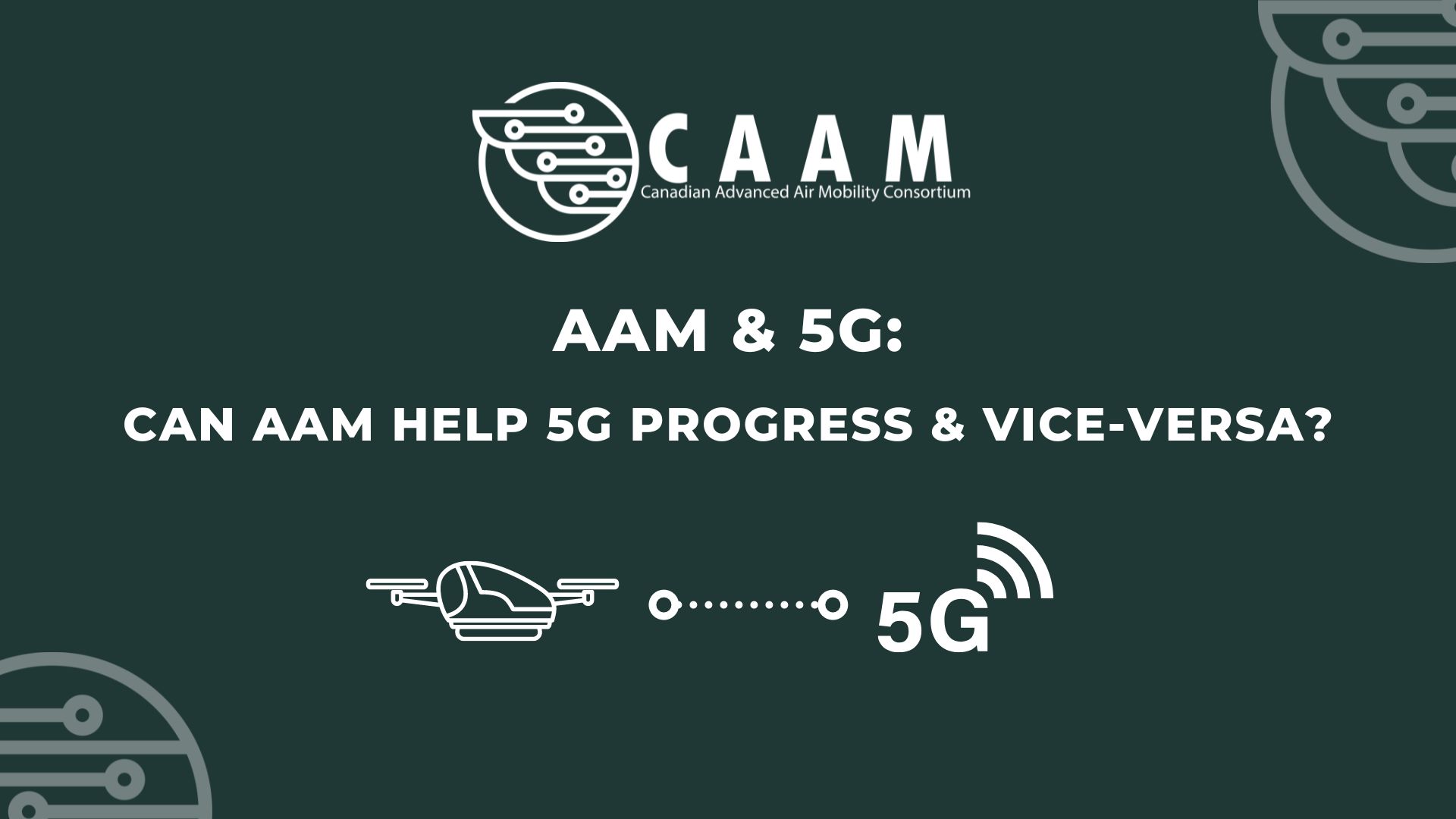 Yes, Advanced Air Mobility (AAM) can help 5G progress while 5G helps AAM progress. And that can happen in more ways than one—mainly by creating a greener, more diverse, equitable, and inclusive future.
Yes, Advanced Air Mobility (AAM) can help 5G progress while 5G helps AAM progress. And that can happen in more ways than one—mainly by creating a greener, more diverse, equitable, and inclusive future.
AAM and 5G: How can they help progress each other?
Even though there’s still no definitive answer on how AAM and 5 G’s relationship will pan out, there are indications that they can integrate to make a better tomorrow infrastructurally. And that’s because of their relation with Regional Air Mobility (RAM).
[…] in many parts of the world, mobile service has outstripped existing electricity grid infrastructure. In India, for example, only 40% of the energy requirement of the telecommunications sector is met by grid electricity, because nearly 70% of existing cell towers are located in rural areas. The distribution is similarly askew in developing countries all over the world, where rural communities have received mobile phone service before receiving reliable grid electricity.
Off-grid cell towers number in the hundreds of thousands, and one report suggests that as many as 75,000 new off-grid cell towers are being built in […] each year. Companies who own and operate these off-grid cell towers must typically rely on diesel generators for electricity. As a result of their explosive growth over the last decade, diesel powered – or supplemented – cell towers have quickly become a major global consumer of fossil fuels. In India, the telecommunications industry is now the country’s second largest consumer of petroleum (Ahmed, 2015).
That’s obviously far from good. But how does this relates to AAM and a greener, more diverse, equitable, and inclusive future?
In remote areas, small cell sites (low-capacity, low power consuming towers designed to bring mobile network coverage to small pockets of the population) are considered ideal for renewable energy systems and have already been deployed successfully […]. This suggests there could be an opportunity for ESCOs [Energy Service Company] and MNOs [Mobile Network Operators] to design, install and operate renewable energy-based mini-grid systems that also supply electricity to local businesses and community households. This is known as the Anchor-Business-Community (ABC) mini-grid model.
Renewable Energy for Mobile Towers: Opportunities for low- and middle-income countries by GSMA/September 2020
Because AAM and 5G are novelties, they need new infrastructure, especially in remote areas. But the new infrastructure can’t be like the old one, pollutant and invasive; it has to be green and respectful. As the quote mentions, cell towers can be green, and so can airports and vertiports. More importantly, they can power each other while also powering the community.
Excess electricity from off-grid cell towers can be used by the community to store vaccines and medicine or charge appliances, thereby reducing local energy poverty. Even a small amount of electricity can have an enormous impact on the lives and health of rural communities, and providing the surrounding community with electricity can increase telecommunication revenue. Excess electricity can be sold, and the supply of electricity will promote nearby development and increased appliance usage. This will in turn increase service density and reduce operation costs. As tower efficiency continues to improve, and generation investments continue, the share of electricity sold to the public will grow, creating a network of distributed energy resources.
Serpell
Those are the possible benefits of only one cell tower. If a whole airport produces energy, there’ll undeniably be more energy production. The airport can be the mini-grid proposed by the GSMA. By integrating AAM and 5G infrastructure, it’s possible to create mini-green power stations in remote communities while improving electricity reliability, transportation, communication, and access.
AAM can help power 5G cell towers in hard-to-reach off- or bad-grid communities through green, sustainable, and reliable energy, while 5G helps connect AAM with more end-users through fast and reliable internet. And the sum of both is a community that, if it wishes, will still retain control over itself while being less isolated and with easier access to goods, services, and medical services.
So while it’s true that there are still questions regarding the technological integration of AAM and 5G, infrastructurally, they seem like a pair made in heaven, just like Brazilians and soccer and Canadians and hockey.
By Giovani Izidorio Cesconetto



